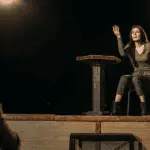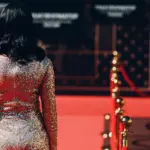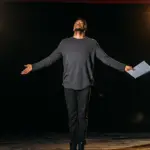From classical theatre to modern film and television, actors have used their creative skills to bring characters to life on stage and screen. It is for performers to familiarize themselves with different acting techniques to appreciate the intricacies of a performance or discern an actor’s motivations.
Actors need to train and practice to develop their skills, and they must be familiar with how different acting techniques work to determine which suits their style.
This article will discuss four significant types of acting styles: Classical, Stanislavski, Method, and Meisner, explaining their approach, origins, history, philosophy, and how they differ. By understanding these four approaches, actors can find success in any project they take on.
Classical Acting
Classical acting is a theatrical style that incorporates several distinctive features, including:
- Larger-than-life portrayal – This style emphasizes emotive power and internal motivation, which is larger than life, with overly dramatic gestures.
- Subtext and physicalization – The actors use subtext and physicalization to depict the characters’ emotions, even when they are not explicitly stated, resulting in complex stories.
- Intensity, clarity, and precision – Those who have mastered the art of classical acting aim to deliver their lines with vigor to portray the character’s journey and mindset effectively.
By incorporating these characteristics into their performances, classical actors can create an immersive experience for their audience, bringing their characters to life in a compelling and emotionally impactful way.
Techniques Used
Classical acting can be described as being larger than life, with overly dramatic gestures emphasizing emotive power and internal motivation. In this technique, actors use subtext and physicalization to help show how characters feel, even when they don’t say anything out loud, and this helps create stories with complex emotions.
Those versed in classical acting strive to deliver the lines with intensity, clarity, and precision to get into the characters’ mindsets.
Strengths and Weaknesses of Classical Acting
People who practice classical acting are taught to understand and inhabit any moment, no matter how intense or quiet the scene is. Classical actors’ strengths lie in their portrayals of the text; they take a script and make it come alive with both directness and subtlety.
Despite these advantages, classical actors must sometimes contend with what seems like endless memorization of intricate lines, rehearsals, and performances before an audience. There’s potential for them to come across as overly theatrical at times due to having a strong toolbox at their disposal.
Examples
The classical acting method has been a cornerstone of performing arts since Ancient Greek theater. This type of acting uses universal emotions and principles to connect with an audience, making it one of the most powerful acting methods.
Many actors from Britain have gone through the Classical acting method in acting lessons.
Many famous actors have practiced classical acting, including Patric Stewart, Laurence Olivier, John Gielgud, Cate Blanchett, and Katharine Hepburn, who still holds the record for the most wins in acting Academy Awards.
Stanislavski’s System
Konstantin Stanislavski (1863–1938) was a Russian director and actor who developed a system focused on realism, believing that an actor should become their character rather than playing them.

Stanislavski’s system encourages actors to explore the motivations behind each action. Practicioners need to be able to access their emotions, memories, and inner life to create a compelling character using this style.
Stanislavski’s wanted to create a more naturalistic approach to acting that differed from the theatrics of the classical style.
He refined his theories over time and wrote several books about his technique, including “An Actor Prepares,” “Building A Character,” and “Creating A Role.” His theories were later adapted by other directors, such as Lee Strasberg in the U.S., who created the more popularized version of Method Acting.
Techniques Used
The Stanislavski System established a set of rules and practices that focus on creating characters from the inside out, where an actor asks the following seven questions:
- Who am I?-This helps narrow down the character’s identity.
- Where am I?-The location in which the scene takes place and its historical context.
- What time is it?-The timeframe in which the scene occurs.
- What do I want?- The desired objective of the character.
- Why do I want it?- The underlying motivation for wanting it.
- How will I get what I want?- The strategies to attain the goal.
- What must I overcome to get what I want?- What stands in the way of achieving their goal.
Strengths and Weaknesses of the Stanislavski System
The main strength of the Stanislavski system are:
- It encourages a more naturalistic approach to acting, allowing the actor to become their character as if they were living the scene themselves.
- It promotes collaboration between actors, as they must understand each other’s motivations and objectives to connect with the story.
Stanislavski’s system can, however, be:
- Time-consuming because understanding the character’s motivations requires a lot of effort.
- Challenging to practice in larger productions, due to limited rehearsal time and a need for quick changes between scenes.
Examples
The Stanislavski system is one of the most well-known and widely-used approaches to acting. Its influence can be seen in many acting styles today and in characterizations by many actors.
Stella Adler (1901–1992) studied directly under Stanislavski for five weeks, blending elements of psychological realism with intense concentration and realism.
Marlon Brando (1924–2004), considered one of the greatest actors of all time, was heavily influenced by Stanislavski’s method because Stella Adler taught him the craft.
The system has also been adopted by acting schools worldwide as a guide for teaching performance studies. There’s no doubt that Stanislavski’s approach will continue to shape how aspiring actors perform for generations to come.
Method Acting Technique
Method acting is an approach to performing developed in the U.S. and pioneered by American actor and director Lee Strasberg (1901-1982) in the 1940s. It’s based on Stanislavski’s system, but with this technique, an actor endeavors to become their character by embodying their emotions, mannerisms, and thoughts.
Strasberg believed that actors could best connect with their characters by accessing their emotions and memories. He developed this system by adapting Stanislavski’s work and introducing improvisation.
Strasberg taught this approach at the Actor’s Studio in New York, after which it eventually spread throughout the U.S. and beyond.
Techniques Used
Method acting is considered one of the highest forms of acting available for filmmaking because it creates compelling and captivating experiences for viewers.
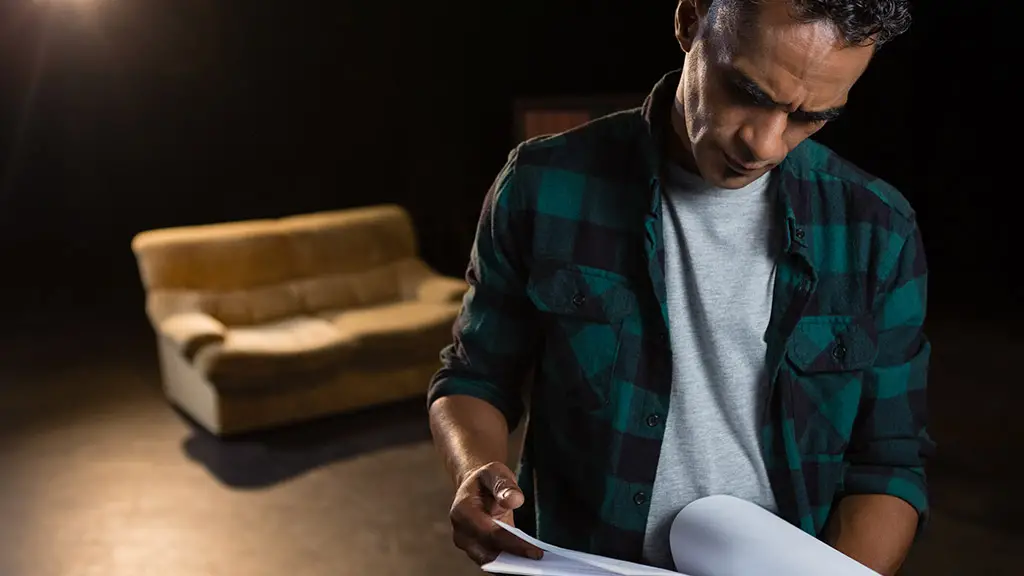
The method actor works on character development by:
- Researching the script and the characters.
- Rehearsing intensely.
- Immersing themselves in their role.
- Using their body to portray a variety of emotions.
While using the technique, method actors must also be aware of their character’s physical aspects, such as movements, facial expressions, and voice inflection. By living like their alter ego, the method actor relies on personal memories acquired from past experiences.
Strengths and Weaknesses
The main strength of method acting is its level of realism in a performance. Actors can create more believable and sympathetic characters by accessing emotions and memories.
This technique also encourages collaboration between actors because they must understand each other’s motivations and objectives to connect with the story.
The main weakness of method acting is the intense preparation needed to make it effective. Performers must research, analyze and be their characters to embody them, which can be time-consuming and difficult.
Examples
Several famous actors have employed method acting.
For example, De Niro perfected the ‘Travis Bickle’ accent for his legendary role in Taxi Driver. He even ad-libbed “you talkin’ to me?” which became one of the most iconic movie lines ever.
Daniel Day-Lewis won an Oscar for the best actor for his performances in Lincoln, where he completely embodied the role of president, intimidated co-start into quitting in There Will Be Blood, and My Left Foot, where he is said to have lived in a wheelchair for the entire duration of filming.
Al Pacino trained with Strasberg during his career and is the ultimate example of what method acting can do. He has made entire generations of audiences believe they are watching a real-life story come alive on stage.
The late Heath Ledger trained rigorously for his role as The Joker in The Dark Knight. He became immersed in this character that he could not distinguish himself and Joker, even earning a posthumous Oscar award, becoming the second person ever to do so.
The list of method actors would only be complete with Johnny Depp because he lives like Jack Sparrow, right?
Meisner Acting Technique
This style originated from renowned actor and acting teacher Sanford (Sandy) Meisner (1905–1997). It focuses on realism and working off the reactions of other actors during a performance.
Unlike Method Acting, this approach encourages spontaneous reactions to stimuli rather than internalized emotions.
The Meisner technique encourages actors to be aware of their wants and needs during a scene to inhabit their roles and unlock almost limitless possibilities naturally.
Techniques Used
The Meisner acting classes teach practitioners to move beyond their subconscious mind and perform without inhibition. Sandy believed actors had two problems:
- The actor didn’t listen
- They are self-conscious
To overcome these issues, he developed a series of exercises to help artists access their imagination and rely on their instincts in performance.
Through improv classes and repetition exercises, an actor is encouraged to break through their barriers and focus on responding naturally to other casts.
Strengths and Weaknesses
The main strength of the Meisner technique is that it allows performers to remain “in the moment” during a scene for authentic performances. The artist doesn’t try to act using memorized lines.
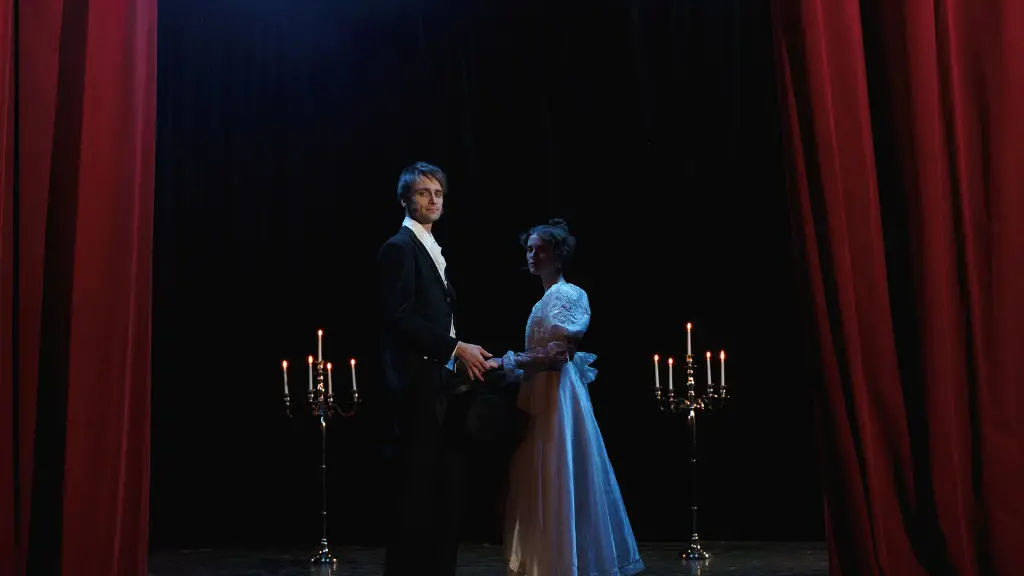
The Meisner technique is also helpful for working with dialogue because practitioners always stay connected to the scene. However, adopting it can be challenging because artists must remain in the moment without relying on pre-determined emotions.
Some argue that mastering the Meisner acting technique is problematic because it requires a lot of practice and patience before an actor can feel comfortable with it. It can also lead to over-reactive or exaggerated performances because it encourages actors to respond more intuitively.
To many, mastering this technique is challenging but rewarding – it can bring artists closer to their true potential.
Examples
Some of the best actors in Hollywood have embraced the Meisner acting technique. It is known for its ability to draw natural responses from practitioners to create genuine, relatable characters.
Artists who have studied with Meisner include Robert Duvall, Diane Keaton, Gregory Peck, Sydney Pollack, and Steve McQueen.
Robert Duvall especially is highly celebrated for employing the Meisner technique in his career-defining roles such as Tom Hagen in The Godfather series, Lt. Col Frank Slade in Scent of a Woman, and Mac Sledge in Tender Mercies-earning him numerous accolades such as an Oscar, two Golden Globe Awards & nominations for multiple awards over his long career.
The Meisner technique has also been used by comedians such as Steve Carell and Will Ferrell to help them stay in the moment during their performances. This style is frequently used in television shows and films set in contemporary settings or those that require more naturalistic approaches.
Other Acting Techniques You Should Know About
Numerous other techniques and approaches to acting have been developed over time, and we’d have to write a book to cover them all. Don’t worry, though, because here are other popular methods you should be aware of:
- Modern Acting-This is an approach to theatre and screen performances that borrows elements from Stanislavski’s method of realism, focusing on the internal emotion of the actor. Stanislavski’s even referred to as the father of modern acting.
- Chekhov Acting Technique-This style was developed by Russian actor and director Konstantin Stanislavski’s student, Michael Chekhov (1891 – 1955). The Chekhov technique is based on the principles of physical actions, where actors express themselves through their body movements rather than relying solely on words to communicate.
- Uta Hagen Technique-This is a popular acting style based on the teachings of American actress and acting teacher Uta Hagen (1919-2004). It centers around thorough character exploration to understand their motivations, backgrounds, and emotions before going on stage.
- The Stella Adler Technique-This approach was developed by American acting teacher and director Stella Adler (1901-1992). It’s based on the principles of internal emotional recall, sense memory, and imagination. It focuses on creating truthful performances through detailed character exploration, breaking traditions from the more physical nature of classical methods even though she trained and performed with some greats, including Stanislavski and Lee Strasberg. Marlon Brando even credited her with his approach to method acting.
- The practical aesthetics method-American theatre practitioner David Mamet and actor William H. Macy developed this acting technique. It’s based on the idea that actors should focus on emotions or physicality. The practical aesthetics method of acting encourages performers to develop their unique style and trust their instincts when portraying a character using improvisation and structured script analysis techniques.
Conclusion
The approaches to acting discussed in this article have all been used by some of the greatest actors of our time. Each technique offers strengths and weaknesses, and new actors must understand their differences to determine which approach best suits their style.
Ultimately, whatever type of acting an actor chooses, they should always strive to stay connected to their character and emotions to create the most realistic performance. An actor can become proficient in any approach through practice, dedication, and a willingness to explore different techniques.
Frequently Asked Questions
Which Type of Acting Is Best for Different Kinds of Roles?
The best type of acting for any role depends on the project and character.
- Classical acting is well-suited to period pieces.
- The Stanislavski method of acting works best with theater productions.
- Method Acting is excellent for creating more intense characters.
- The Meisner Technique will help you create natural performances in contemporary settings.
What Are the Five Acting Skills?
The five acting skills are:
- Voice control: the ability to adjust your voice for different characters;
- Movement and body language: understanding how to use physicality to convey character emotions;
- Improvisation: understanding how to deviate from a script if necessary;
- Emotion recall: the ability to recall and use different emotions in your performance;
- Character analysis: understanding how to break down a character and create detailed backstories.
How Does One Go About Using the Practical Aesthetics Acting Technique?
The practical aesthetics acting method is based on a four-step analysis of the following:
- Literal analysis: Interpreting the literal and contextual significance of a scene.
- Want analysis: Understanding what a character needs or wants in the scene.
- Essential action analysis: Identifying a character’s course of action in the scene.
- Objective analysis: Exploring the aim that drives a character’s behavior and decisions.
- As if analysis: Imagining what it would be like to behave in the same way as the character.
Which Type of Acting Is Best Suited for Film and Television?
Method Acting is best suited for film and television since it allows actors to create detailed characters with more depth than other approaches. It also offers a great way of creating emotionally charged performances that resonate with audiences.
The Meisner Technique can be helpful when working on contemporary pieces as it encourages performers to remain in the moment and respond instinctively to scenes. Actors should explore the techniques mentioned in this article to choose the one that best suits their style.


